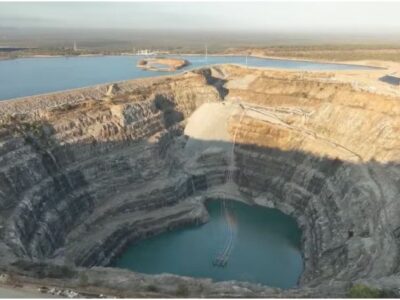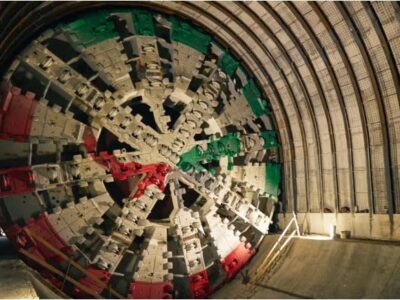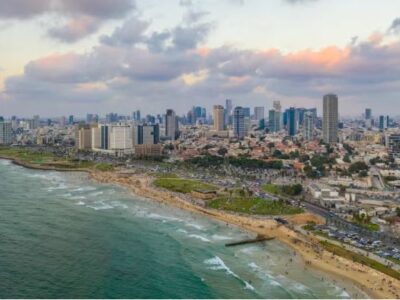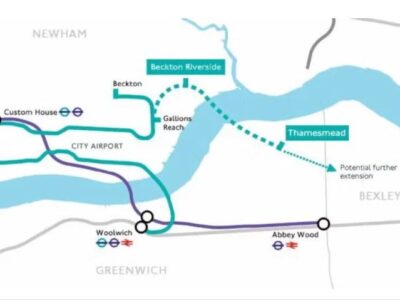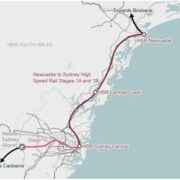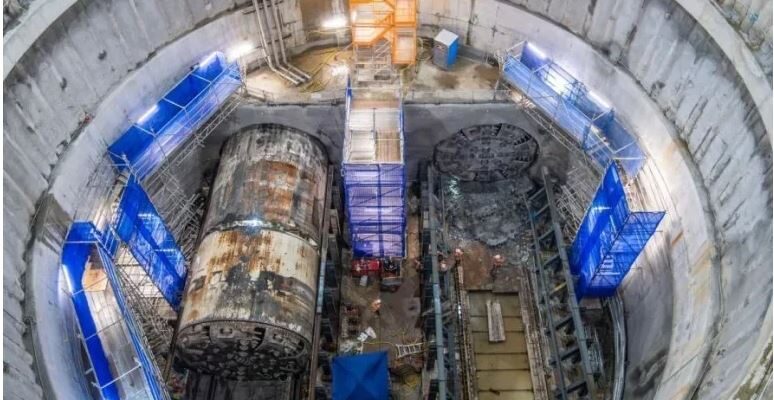
The Sydney Metro in collaboration with CPB Contractors Ghella (CPBG) engaged Robert Bird Group and SMEC aims to design a ground retention system for a circular maintenance shaft on the Sydney Metro could set a new template for sustainable, efficient tunneling practices.
With 29m diameter, the circular maintenance shaft for Bringelly Services Facility is in 32m deep and required a system that could be constructed and dug within six months, whereas it provides vertical access among the metro tunnels and the ground surface over the construction and for permanent maintenance.
While responsibility of assessment of the geotechnical aspects was up to SMEC, Robert Bird undertook the design of the shaft structure.
As well as meeting a tight time frame, the companies needed to maintain cost-effectiveness while ensuring adherence to performance specifications. Sustaining a minimum clear internal opening throughout the project duration was also required.
Considering that the ground conditions at the site could apply significant forces, it makes suboptimal to use a conventional retaining structure such as secant piles, a diaphragm wall or a lined shaft with closely spaced ring beams. In order to promoting as much flexibility as possible, Robert Bird Group and SMEC designed a unique retention structure configuration.
As a 3D finite element model of the shaft was developed by SMEC using Plaxis 3D software to validate the design, this enabled intricate evaluations, such as ovalisation due to ground variability, stresses and tunnelling activities.
Providing the design objectives with substantially less steel and concrete than common alternatives,this solution provided savings in cost, time and greenhouse emissions, offering consequential program, budgetary and broader scale improved sustainability outcomes.
According to the company: “The innovative design employed on the temporary shaft retention structures holds promising applications for future endeavours by SMEC, Robert Bird Group and the broader industry, particularly in the realm of road and rail tunnel construction.”
A standardised solution for tunneling works in similar geological conditions is offered by the design approach, while creating a template for addressing challenges related to weak rock deposits, locked-in rock stresses, and swelling issues.
Its adaptability potentially influences future design standards and regulations. “As the industry seeks sustainable and efficient solutions, the incorporation of this innovative approach can set a precedent for environmentally conscious and resource-efficient tunnelling practices,” Robert Bird says.
Robert Bird project director Bona Bucalina stated: “The two companies worked closely with the contractor to develop numerous options for the shafts “until we landed on a solution that maximised savings, minimised waste and programme, while using commonly used construction methods and equipment.”
The the design and construction of 9.8km of twin tunnels and digging for stations at St Marys, Orchard Hills, Airport Business Park, Airport Terminal and Bradfield (Aerotropolis) and services facilities at Bringelly and Claremont Meadows, are the contents of Western Sydney Airport, station boxes and tunneling works package.





